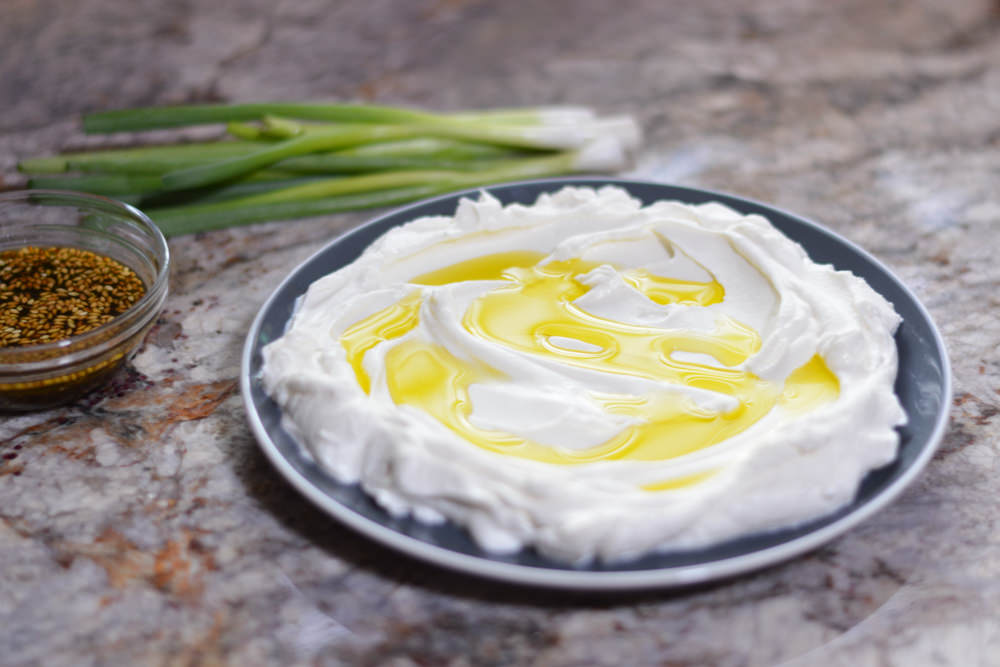FEEDBACK
.
- You should cut Poco Artisan Ice-cream out of it.
I do agree. I think it was a nice starting point for me to recognise native ingredients as a topic, but I don’t think they (Emma and Gary) really add much to the video I want to make.
However, I keep reflecting on how I’m going to visualise the end-product in my film, and showing the ice-cream still seems like a good idea. It might be something I can quickly film and decide if I want to include or not.
- You should focus on Nornie as a character.
Also true! There’s a lot to unpack with Nornie. She’s a Torres Strait Islander, and you can tell she has a deep passion for her heritage and native ingredients. She has also been a chef for 20 years, and has opened her own restaurants along the way, so it would be interesting to ask her what led her to open Mabu Mabu.
I think it would still work well if I had the exploration at Peppermint Ridge Farm (ingredients from the Earth, their history) and then move onto Nornie and her produce store. It would be less essayistic this way, as I wouldn’t be finding multiple viewpoints but honing in on a particular story or narrative.
- Following the ingredients seems like a good idea – but cut it down to maybe one.
I think following an ingredient would work best if I did go with the Poco’s idea, as you could see it as an end product. I still would like to follow an ingredient and have people taste-testing a dish/product in the end… But I’ll see how I go. Having that might be too much – but I think it would be really valuable for the audience to see people reacting to a prepared dish, because then they can empathise with how they feel.
I could have a couple options:
- Nornie sometimes makes dishes out of the produce she has (she features this on her Instagram feed so people can see how it looks in a ready-made meal.)
- Peppermint Ridge Farm has a conjoined cafe where they have dishes with native food on the menu.
So I could follow those ingredients to the plate.
(I like both of these options!)
- Why should we care?
Good question. I’m kind of hoping to figure that out.
I guess at the moment, my answer is that if you are Australian, you should take pride in what grows here. It’s kind of trendy to know where your food comes from, more-so if it reflects the land you live on and love. With many of them being called “superfoods”, and all of them considered sustainable, health/environmentally conscious audiences might be interested.
It might also be a source of curiosity – these foods are something not a lot of people have heard of, and some of them look weird. Though I guess people would probably just shrug their shoulders at lemon myrtle and wattleseed, huh. Maybe I’ll find something super out-there that people will find absurd… something to research.
A point of interest might be that they could be growing near you – I’d go so far as to say “your backyard” but it’s probably not as likely in the CBD/suburbs. Maybe I could do a little segment where I go out and try to find more common plants such as lemon myrtle? Or a segment where I actually bring home a plant for my backyard, or visit someone who has them in their backyard.
- Emphasise visuals.
I think the fades to the next location are a good idea of creating a flow of information.
Something else I could do is really emphasise the earth-to-shelf imagery; natural to commercial; plant to plate. Lots of B-Roll from each location, basically.
- Will you have a source of conflict?
I think I’ll touch on apathy and how not many people know or care about it…? Nornie might have more to say on this. Vox pops could add to this.
.
MOVING FORWARD
.
My next steps will be to:
- Ask Peppermint Ridge Farm if I can film during the tour. Also check out their menu. Book tour.
- Chat to Nornie about where I will interview her. Ask if she can cook me a dish or give me a recipe to follow.
- Further research on Peppermint Ridge Farm/Nornie & develop interview questions for them to answer.
- Do some research on filming plant-based documentaries, experiment with these shots around my garden, do some story-boarding.
.
- Location/Participant forms. Film garden tour. Ask heaps of questions. Ask if I can get others’ opinions.
Other Notes.
- I should be vigilant when interviewing and filming that they might mention other places that could be of use for my documentary. E.g. CERES, etc.
- Text/illustrations and other things should only be added if I think it needs it.
- Be on the look out for art and things! Indigenous Art could be interesting to feature… But there might be ethical considerations that I’ll need to take into account.
 Rooftop Honey
Rooftop Honey Najwa’s family’s labneh.
Najwa’s family’s labneh.
 A little ice-cream store in Port Fairy.
A little ice-cream store in Port Fairy. My family’s restaurant/wine bar.
My family’s restaurant/wine bar.